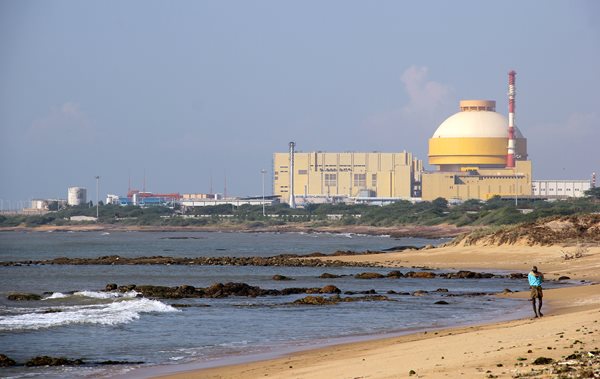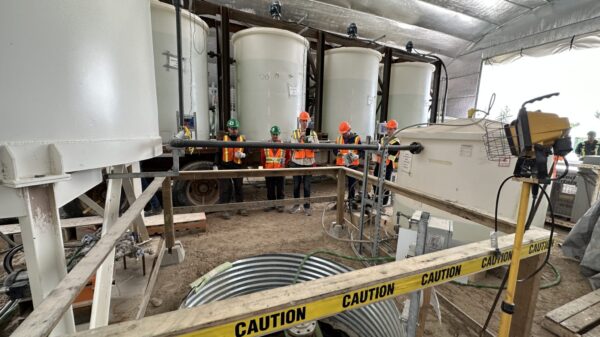India plans to enhance its nuclear capacity exponentially by 2047 and wants private firms to invest over US$26 billion to accomplish that goal.
The country currently only generates about 7,750 megawatts, accounting for approximately 1.6 per cent of its domestic energy. The nation aims to produce 100 gigawatts (GW).
Ajit Kumar Mohanty, Atomic Energy Commission Chairman and Director of India’s premier Bhabha Atomic Research Centre, announced the objective this week. He unveiled the plans during a presentation titled “Synchronizing Energy Transitions Towards Possible Net Zero for India: Affordable and Clean Energy for All” in the country’s largest city Mumbai.
The vast majority of the energy, about 42.5 GW, would be generated by pressurized heavy water reactors (PHWR). Breeder and light water reactors contribute significantly too, he said.
Breeders are a less commonly used type of reactor. They are mainly known for producing more nuclear fuel than they consume: a complex topic.
Through this synchronization plan, India has approved the construction of 10 new PHWR. Furthermore, amendments have been made to the nation’s Atomic Energy Act enabling joint ventures among public sector companies as well as international nuclear partnerships and fuel supply contracts.
The country currently has six uranium mines of its own that will help supply nuclear fuel needed for the expansion.
Global nuclear power generation is set to rise to an all-time high in 2025, due to:
▶️ Recovering output in France
▶️ Plants coming back online in Japan
▶️ New reactors starting commercial operations in China, India, Korea, Europe & other marketsMore → https://t.co/vLaWnT0CbJ pic.twitter.com/LL49d6LO6p
— International Energy Agency (@IEA) March 20, 2024
Read more: ATHA Energy expands into new Canadian territory with 2024 exploration program
Read more: ATHA Energy closes acquisition of Latitude Uranium, obtains Nunavut and Labrador properties
Goldman Sachs predicts continued bull market for uranium
The renowned New York bank has been sinking millions into uranium stocks like Cameco Corporation (TSX: CCO). Goldman has given Cameco a share target price of US$55. They are currently valued at US$49.21 on the New York Stock Exchange.
The Athabasca Basin uranium producer’s stock has performed excellently in the past five years, rising by over 318 per cent. Those shares paid out an annual dividend of C$0.12 apiece last year.
Canada is home to many smaller uranium companies that are poised for significant growth in the coming years.
These include NexGen Energy Ltd. (TSX: NXE), operator of the promising Rook I project; ATHA Energy Corp. (TSX-V: SASK) (OTCQB: SASKF) (FRA: X5U), a prospector with a massive land package in Saskatchewan, Nunavut and Labrador; and Stallion Uranium Corp. (TSX-V: STUD), which has been making substantial progress with its exploration programs.
“We forecast the uranium market to remain in a multi-year structural net deficit position due to massive planned reactor builds in China and the dual Western world agenda of decarbonization and energy independence,” Scotia Capital analyst Orest Wowkodaw said recently.
In Namibia, a major uranium producer, Paladin Energy Limited (ASX: PDN) (OTCQX: PALAF) just restarted commercial production at its Langer Heinrich mine in response to a favourable market environment. The operation had been temporarily shut down for six years.
ATHA Energy is a sponsor of Mugglehead news coverage
rowan@mugglehead.com














mrMojo risin
April 6, 2024 at 9:35 am
India & China will spearhead the world into a nuclear renaissance b/c of necessity for both literal, econ & political power needs as the info revl reaches full power globally by ‘50…. Data centers & software AI will demand that. The only 2 solutions wh/ can yield that are coal & nuke, backbone wise.